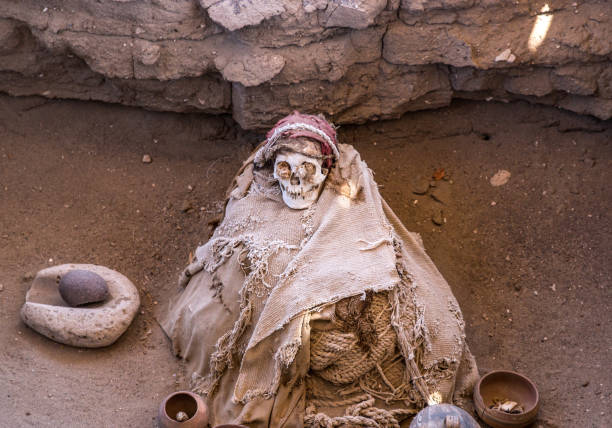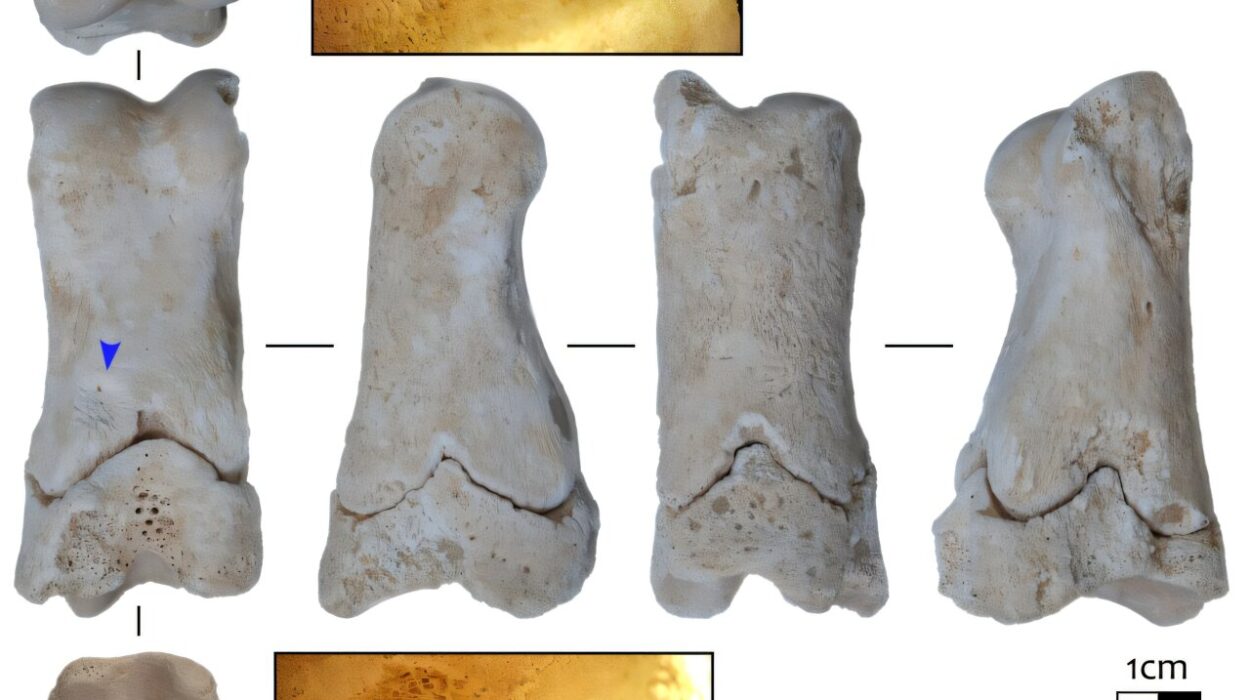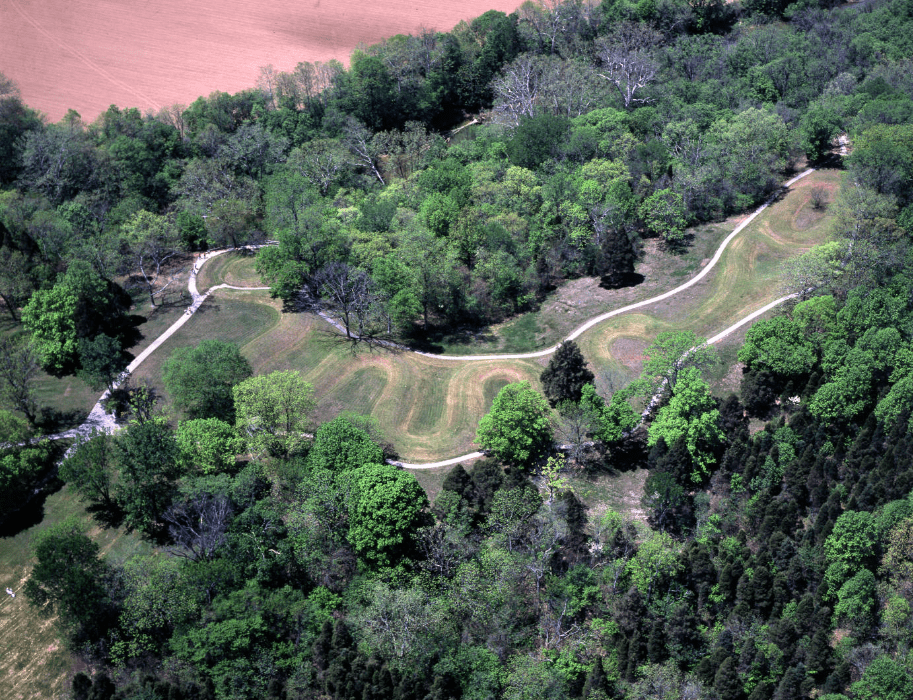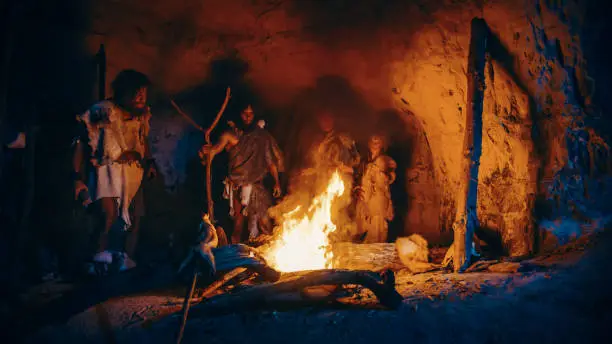In the warm valleys and rugged ridges of what is now Eswatini, long before cities rose or iron sang beneath the blacksmith’s hammer, ancient travelers moved through the Stone Age landscape. They were hunter-gatherers, masters of survival—but they were also seekers of beauty.
A new study has revealed that tens of thousands of years ago, these early humans roamed astonishing distances across southern Africa, not merely for food or shelter, but to find brilliant stones—vivid red jasper, luminous green chalcedony, and glossy black chert. Their journeys, stretching up to a hundred kilometers, speak of a world in which color was more than aesthetic: it may have carried meaning, identity, and perhaps even whispers of the spiritual.
Chasing Colors Through Time
Leading the investigation was Dr. Gregor D. Bader of the University of Tübingen’s Department of Early Prehistory and Quaternary Ecology and the Senckenberg Center for Human Evolution and Paleoenvironment. His team’s findings, recently published in the Journal of Archaeological Science, open a window onto ancient landscapes and the choices of the people who lived there.
“Colorful and shiny materials seemed attractive to early humans; they often used them for their tools. We can only speculate as to whether the colors had a symbolic meaning,” says Dr. Bader.
Eswatini—a small country cradled between South Africa and Mozambique—proved an ideal laboratory for this exploration. The National Museum in Lobamba holds rich collections of stone tools from archaeological sites scattered across the land. Dr. Bader and his colleagues focused on four sites: Hlalakahle, Siphiso, Sibebe, and Nkambeni.
These sites contain the echoes of lives lived up to 40,000 years ago, during the Middle Stone Age and later periods. The tools found there—blades, scrapers, points—were more than implements of survival. They were shaped from stones whose vibrant hues would have stood out dramatically against the tawny African soil.
The Science of Stone Origins
To unlock where these colorful rocks came from, the team turned to cutting-edge technology: neutron activation analysis. Collaborating with Dr. Brandi MacDonald from the research reactor in Missouri, they bombarded tiny samples of stone with neutrons, provoking a cascade of interactions inside the atomic nuclei.
This complex dance of particles releases a signature spectrum of radiation, revealing the precise elements and isotopes in each sample. In essence, it’s a geochemical fingerprint—unique to the quarry or riverbed where the stone was born.
“Although the method is destructive, only tiny sample quantities are required and the results are excellent,” Bader explains. “By comparing the analysis patterns of the stone used and the rocks found in the region, we can pinpoint the origin of the raw stone.”
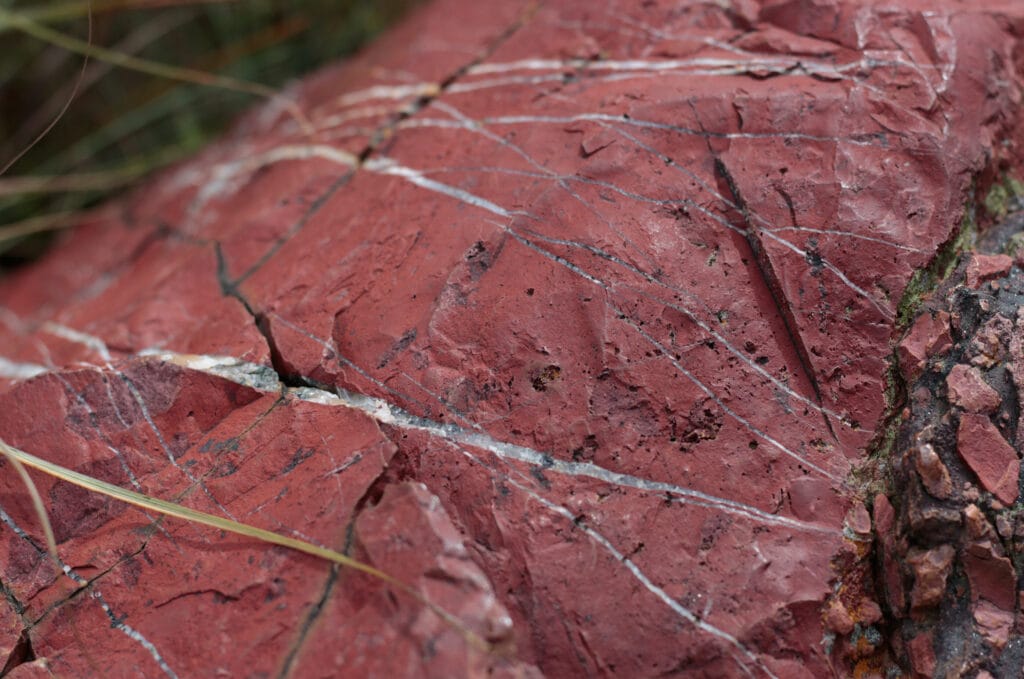
The Long Road to Beauty
What the fingerprints revealed was remarkable. Tools crafted from green chalcedony and red jasper traced back to the Mgwayjza Valley, lying between 20 and 100 kilometers from where they were eventually found. Even today, navigating that distance through Eswatini’s rugged terrain would be no small feat. For Stone Age people traveling on foot, the journey speaks to extraordinary determination—or profound motivation.
Bader’s team investigated whether rivers like the Komati and Mbuluzi could have transported stones downstream to places like Hlalakahle. But their analysis suggests the rivers’ reach fell short of explaining the tools’ presence at more distant sites such as Siphiso, Sibebe, and Nkambeni.
Instead, early humans must have journeyed across the land themselves, or exchanged precious stones with neighboring groups. This idea hints at a social fabric woven with trade, alliances, and possibly cultural symbolism.
“Even if we assume that the hunter–gatherers took the shortest routes, we still find considerable distances between the rock deposits and the places where the stones were used,” says Dr. Bader.
Red Jasper and Shifting Tastes
Perhaps the most fascinating revelation in the study is how human tastes evolved over time. During the Middle Stone Age, between 40,000 and 28,000 years ago, black and white chert and green chalcedony were the favored materials. But in the later Stone Age—from about 30,000 to as recently as 2,000 years ago—the vibrant crimson of red jasper captured people’s imagination.
“Both colors occurred close together in the same valley and in the same river deposits, so we can assume a deliberate selection of different materials at different times,” explains Bader.
Why the shift? It remains a mystery. Perhaps red jasper held symbolic meaning—linked to blood, life, or ritual. Or maybe cultural preferences simply changed over generations, just as fashion does today. The choice of stone might also have conveyed group identity, signaling who belonged where, or who claimed certain hunting grounds.
Beyond Survival: A Window Into the Human Mind
This study reminds us that our ancestors were not merely creatures of necessity. They were connoisseurs of material and color, driven by more than hunger or shelter. Their tools were practical, yes—but also beautiful, chosen with care and, possibly, meaning beyond the visible.
It’s tempting to imagine an ancient artisan selecting a piece of red jasper for its fiery gleam, shaping it into a blade that would flash like a living spark under the sun. Or a traveler carrying green chalcedony across valleys and ridges, each step forging a link between distant communities.
“Colorful stones likely held an allure that went beyond utility,” reflects Bader. “We’re only beginning to understand how these choices fit into the broader social and symbolic worlds of early humans.”
In the vibrant hues of these ancient stones, we glimpse a truth as enduring as the rocks themselves: humans have always sought beauty, meaning, and connection—even in the Stone Age.
Reference: Gregor D. Bader et al, Decoding hunter-gatherer-knowledge and selective choice of lithic raw materials during the Middle and Later Stone Age in Eswatini, Journal of Archaeological Science (2025). DOI: 10.1016/j.jas.2025.106302

